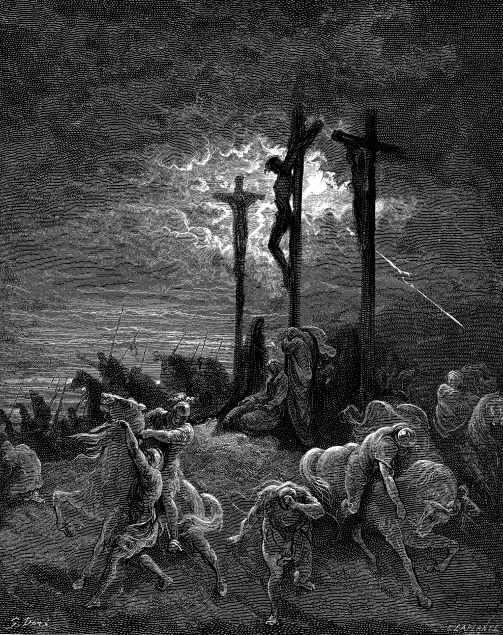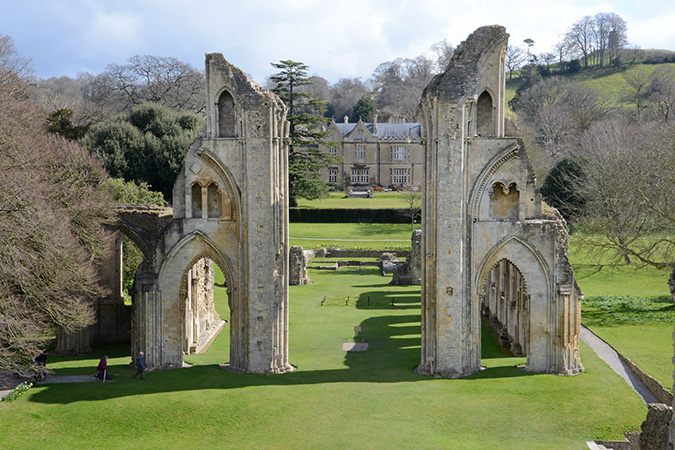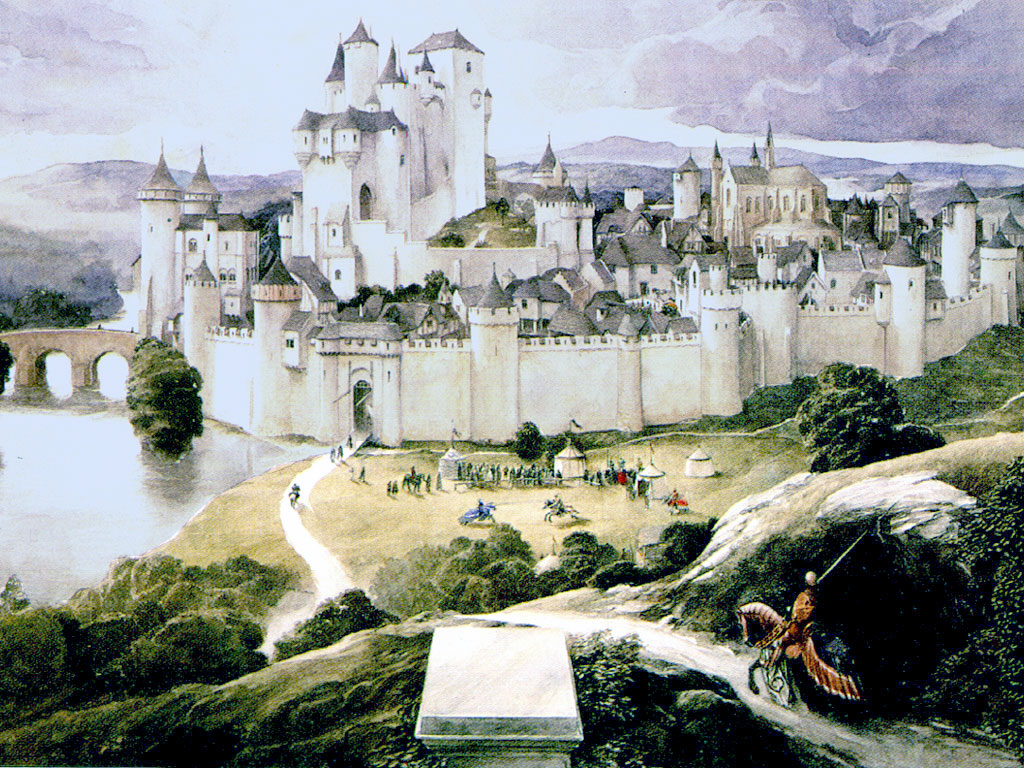He was a rich man. Some say he was the wealthiest man in Jerusalem. Most people didn’t know how he obtained his wealth, but they didn’t care because he was so generous with his money and benefitted others with it. He was a pillar in the community and had a reputation for being a good man.
He not only was good, but he was just and very law abiding. He was so honest that he followed all of the Roman and Jewish laws meticulously. He could be trusted, and was a member of the supreme court of the Sanhedrin. He was upright, distinguished and respected by the Sanhedrin and and the Romans. Everyone respected him and loved him.
He was also a disciple of Jesus of Nazareth. He was convinced that Jesus had been sent by God and that the kingdom of God would come through him. The problem was, he was a secret disciple because he feared the members of the Sanhedrin who had become intolerant of Jesus because of his growing popularity.
He voiced his dissent when the high priest concluded that something drastic had to be done with Jesus to stop people from following him. But he was intimidated when Caiaphus declared that anyone who professed Jesus would be put out of the synagogue. That would mean losing his position, his prestige and the comfortable life that he and his family enjoyed. Unfortunately, he was unwilling to profess Jesus openly, for he loved the praise of men more than the praise of God
Life in Jerusalem was very busy and confusing. Everyone was preparing for the Passover, but at the same time there was a lot of tension and what seemed like plotting behind the scenes. He couldn’t figure out what was going on but had an uneasy feeling. That night he went home to bed early and had a restless sleep. Little did he know that what was happening that night and that the next morning would change everything.
When he woke up, he went to the Sanhedrin, where he discovered that his fellow members had illegally met at night and tried Jesus without him present and they sentenced him to death! Then, they convinced Pontius Pilate to crucify him that very morning before everyone was even awake!
He was stunned! He expected the members of the Sanhedrin to follow the law as earnestly as he did. He really didn’t take the High Priest seriously when he declared that it was necessary for one man to die for the entire nation. Now he clearly saw the travesty of the court and the evil that the Sanhedrin had done. He was appalled and outraged!
He ran to Golgotha outside the city gates and arrived to see Jesus being lifted up on the cross. He saw his mutilated body from his being publically flogged and was ashamed that he didn’t more boldly defend this innocent man. His head was whirling in unbelief at what was happening. He felt helpless for now, there was nothing he could do! But he had to do something!
He stood at the foot of the cross in shock for what seemed like a few hours. Then darkness began to cover the land. He wondered if this was a sign. For three hours more he stood there, crying out to God what he should do. Then he heard Jesus lift up his voice, “It is finished!” Jesus then lowered his head and gave up the ghost. Suddenly there was an great earthquake as if God Himself was shaking the world!
Suddenly everything became clear to him and he knew what he had to do! He knew that Jesus’ body would be cast into a common grave with the other criminals and be forgotten. He knew that he must not let that happen. He immediately ran to the city of Jerusalem. He had less that three hours to make this right and he was the only man who could do it.
He no longer cared about his reputation, nor had any fear of what the devious and wicked Sanhedrin could do to him. He was on a mission from God!
As he entered the city there was a huge commotion as he passed by the Temple. People recognized him and ran up to him exclaiming that during the earthquake, the enormous veil in the temple had been torn in half, exposing the Most Holy Place! They specifically told him that the veil had been ripped from the top to the bottom, even they didn’t yet know yet what that meant.
He was stunned at the significance of the timing of all these events. He was probably the only one in the city who knew that Jesus had just died at the exact same time as the earthquake and the tearing of the veil in the Temple! Suddenly it was clear to him, Jesus was actually the Christ, the son of the living God and His death had opened up access for everyone to enter into the presence of God!
Now with boldness, he immediately turned and went into the Praetorium where Pilate was. They both had known each other from previous business dealings, so he was let in to see Pilate without an appointment. He said that he wanted to take Jesus’ body and place it in his own freshly made tomb. He said he had the legal right to claim Jesus’ body because being the uncle of Jesus’s motherMary, he was the nearest kin and the legal guardian of the family. Pilate was surprised to find a member of the Sanhedrin sympathetic to Jesus. He was more than happy to give the body to him, if for no other reason than to annoy the high priest who cajoled him into murdering the innocent man.
Joseph of Arimathaea quickly left the Praetorium and had to find a place to buy the buriel shroud. Outside, he saw his fellow member of the Sanhedrin, Nicodemus, who had also been a secret disciple of Jesus. He told him that he got permission for Jesus to be buried in his own tomb and he had to do it before sundown, which was when the Sabbath began, and by law they could no longer work. They had to finish in less than three hours . He asked if Nicodemus if he could procure enough spices to bury Jesus and he would go and find the linen to wrap him in.
After a short time the two men met at Golgotha and helped carefully take the body down off the cross. They knew that if they touched a dead body that they would be considered unclean for seven days and could not celebrate the Passover feast nor any of the festivities. But that didn’t mean that much to them any more. This was more important than the Passover. Then it dawned on him that Jesus was the fulfillment of the Passover!
As they prepared the body to be transported, they could see this man’s new tomb from the Golgotha cliff. They soon arrived and started preparing the body. Nicodemus had certainly brought a lot of spices; a hundred pound weight, which was enough to bury 200 hundred men! They understood that when you love someone, as they did now, extravagance was one way of demonstrating that love. They knew they had to lavish this special body with the best linen and spices money could buy, for Jesus was actually the Passover Lamb who was slain from the foundation of the world.
They placed the body on the bench in the tomb and began to wrap it in the linen cloth. As they wrapped they placed large amounts of spices in the folds. They saw Jesus’ mother and Mary Magdalen outside the tomb in the garden watching. They were assured that the women would come right after the Sabbath and do a proper job cleaning and preparing the body, but now they had to work quickly for it was almost sundown.
Just as the sun began to set on the horizon, they stepped out of the tomb and removed the brace from the great stone. It rolled easily down the groove cut in the rock and covered the entrance of the tomb. They hastily filled in the spaces with stones, dirt and mud, in order to keep out the mice and walked back to their homes.
This man did not know what his future might bring now but he was not at all frightened. He felt freer than he ever felt before in his life. God used this man at the exact time to fulfill the part of God’s plan that only he could do. Not only did God change this man’s heart from being a timid, secret disciple of Jesus who ws only concerned with his own reputation, but God used him to fulfill the ancient prophecy that Isaiah had written over 600 years earlier, “He was assigned a grave with the wicked, and with the rich in his death” (Isaiah 53:9).
The grave that Jesus was assigned with the wicked, was the common grave prepared by the Romans for Jesus and the two criminals crucified with him. But instead, Jesus was buried with the rich in his death. It was highly unlikely that these two circumstances would ever be united in the same person, unless Joseph of Arimathea claimed the body of Jesus and placed it in his own tomb.



























